Physicist Jun Ye built the world’s most precise clock and is part of the group of scientists who changed our understanding of time itself.
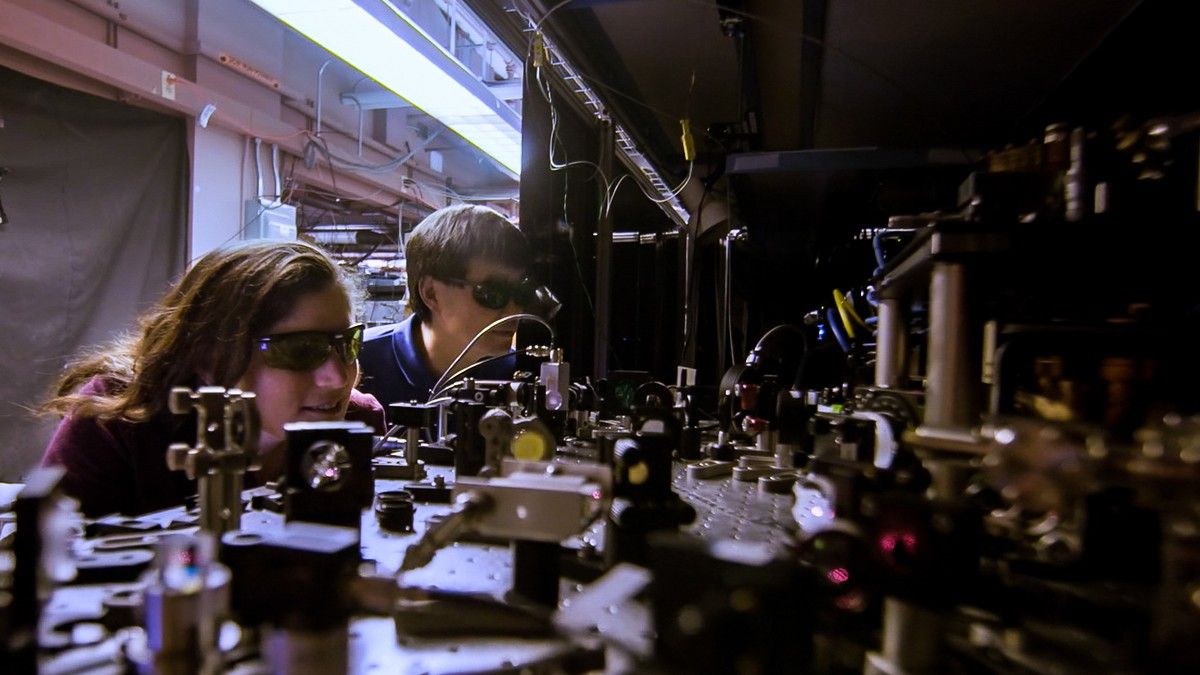

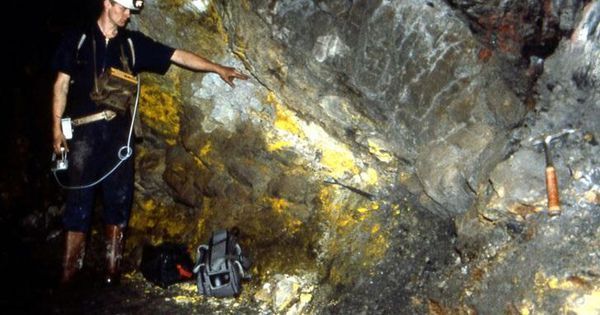
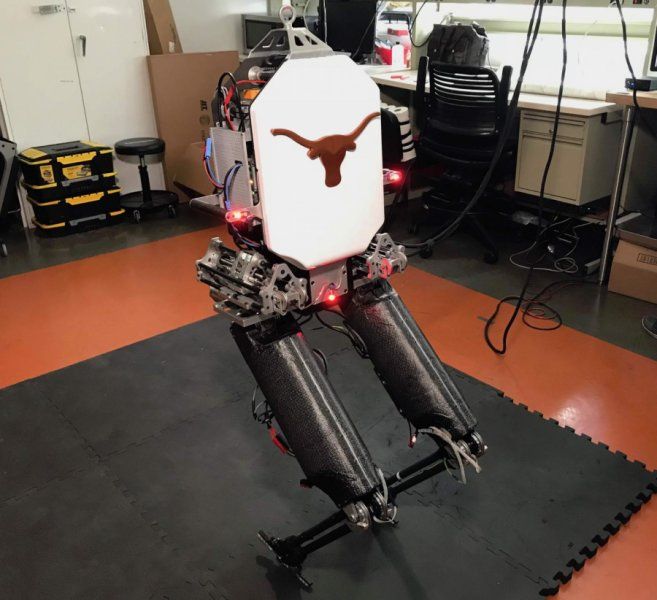
By translating a key human physical dynamic skill — maintaining whole-body balance — into a mathematical equation, the team was able to use the numerical formula to program their robot Mercury, which was built and tested over the course of six years. They calculated the margin of error necessary for the average person to lose one’s balance and fall when walking to be a simple figure — 2 centimeters.
“Essentially, we have developed a technique to teach autonomous robots how to maintain balance even when they are hit unexpectedly, or a force is applied without warning,” Sentis said. “This is a particularly valuable skill we as humans frequently use when navigating through large crowds.”
Sentis said their technique has been successful in dynamically balancing both bipeds without ankle control and full humanoid robots.
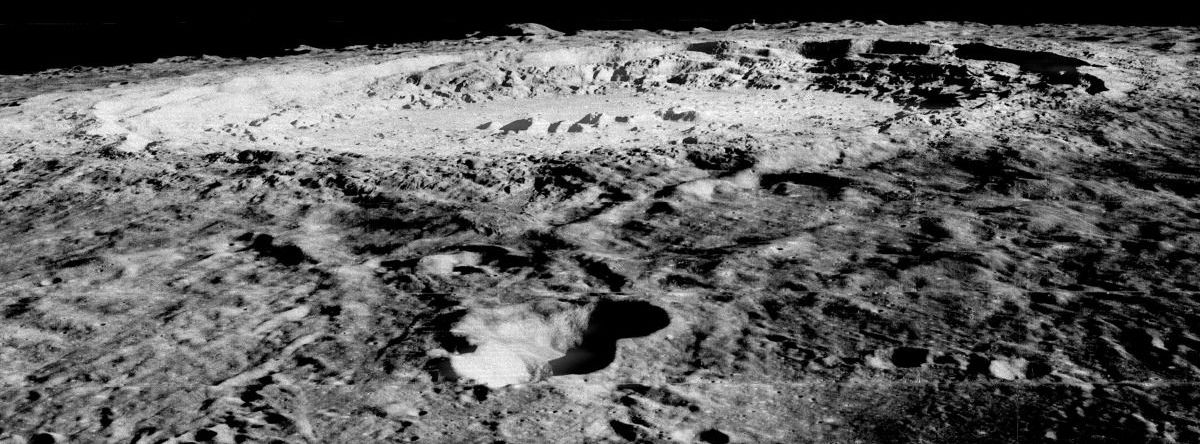
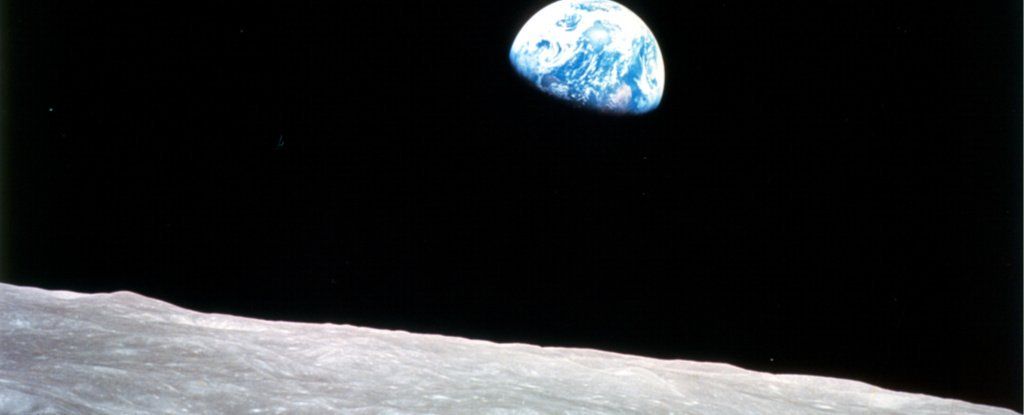
NASA’s got a whole new plan. It wants boots on the Moon in 10 years and on Mars in 20. Give or take.
On Wednesday, the space agency announced its detailed National Space Exploration Plan to achieve the President’s lofty goals set out in his December 2017 Space Policy Directive-1.
Those bold plans include: planning a new Moon landing, long-term human deployment on and around the Moon, reassertion of America’s leadership in space, strengthening private space companies, and figure out how to get American astronauts to the surface of Mars.
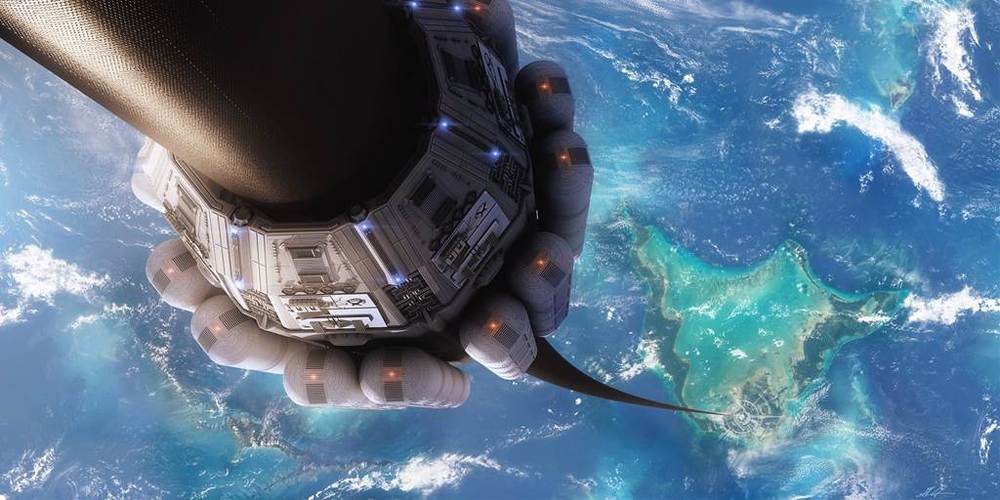

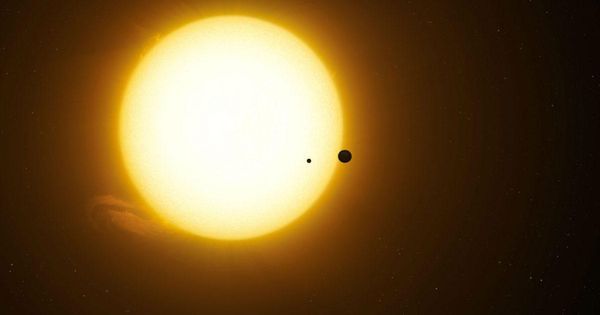
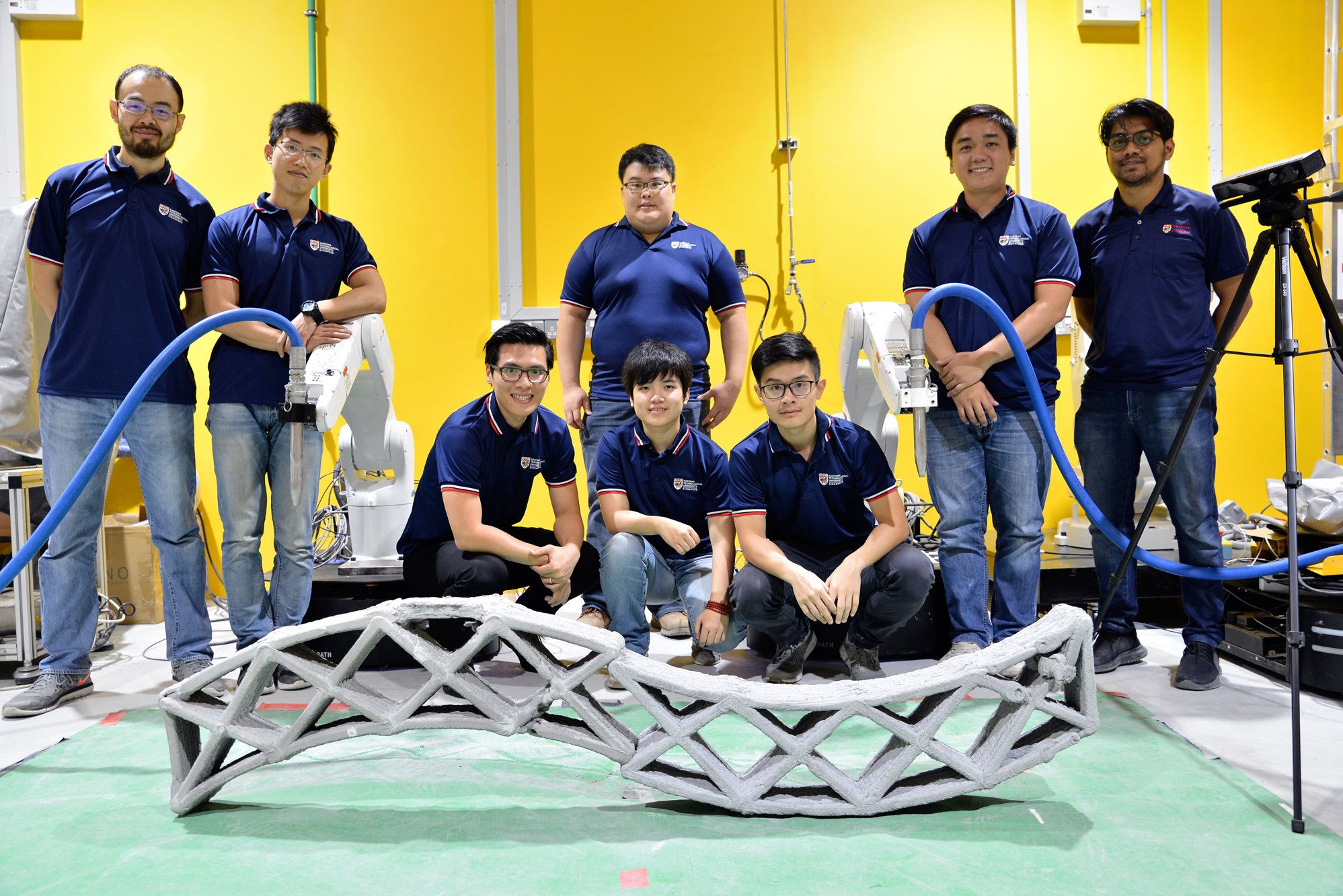
Scientists from Nanyang Technological University, Singapore (NTU Singapore) have developed a technology whereby two robots can work in unison to 3D-print a concrete structure. This method of concurrent 3D printing, known as swarm printing, paves the way for a team of mobile robots to print even bigger structures in the future. Developed by Assistant Professor Pham Quang Cuong and his team at NTU’s Singapore Centre for 3D Printing, this new multi-robot technology is reported in Automation in Construction. The NTU scientist was also behind the Ikea Bot project earlier this year, in which two robots assembled an Ikea chair in about nine minutes.
Using a specially formulated cement mix suitable for 3D printing, this new development will allow for unique concrete designs currently impossible with conventional casting. Structures can also be produced on demand and in a much shorter period.
Currently, 3D-printing of large concrete structures requires huge printers that are larger in size than the printed objects, which is unfeasible since most construction sites have space constraints. Using multiple mobile robots that can 3D print in sync means large structures and specially designed facades can be printed anywhere, as long as there is enough space for the robots to move around the work site.
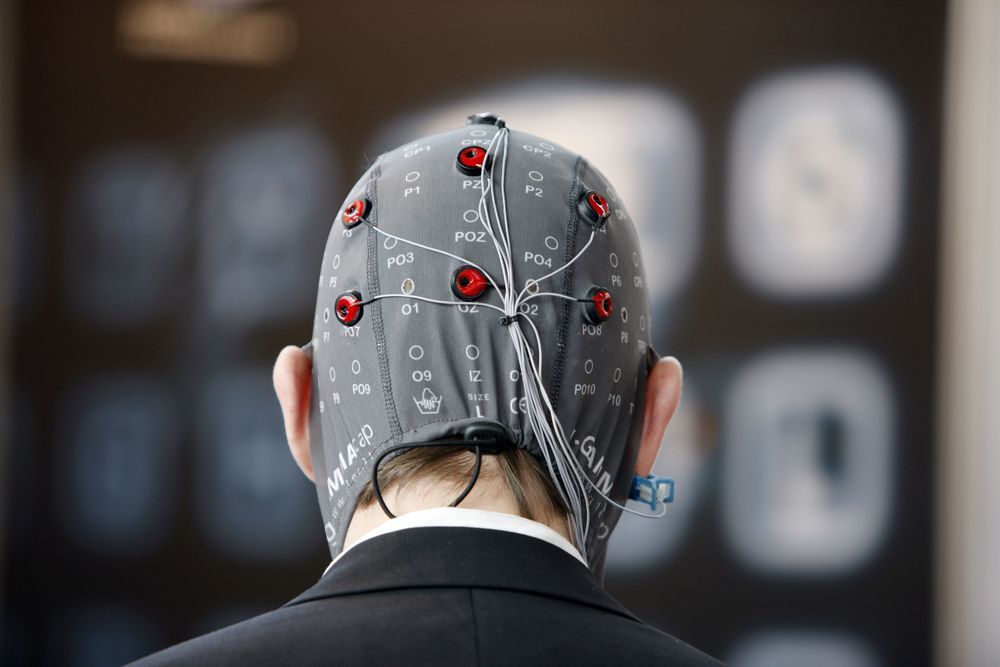
It might already feel like social media is taking up too much of our mental space, but just wait until it’s literally inside of our brains.
Physicists and neuroscientists have developed the world’s first “brain-to-brain” network, using electroencephalograms (EEGs), which record electrical activity in the brain, and transcranial magnetic stimulation (TMS), which can transmit information into the brain, to allow people to communicate directly with each other’s brains — a new and thrilling (and a little terrifying?) example of science fiction brought to life.
Researchers at the University of Washington in Seattle announced last week that they successfully used their interface, which they call BrainNet, to have a small group of people play a collaborative “Tetris-like” game — with their minds.